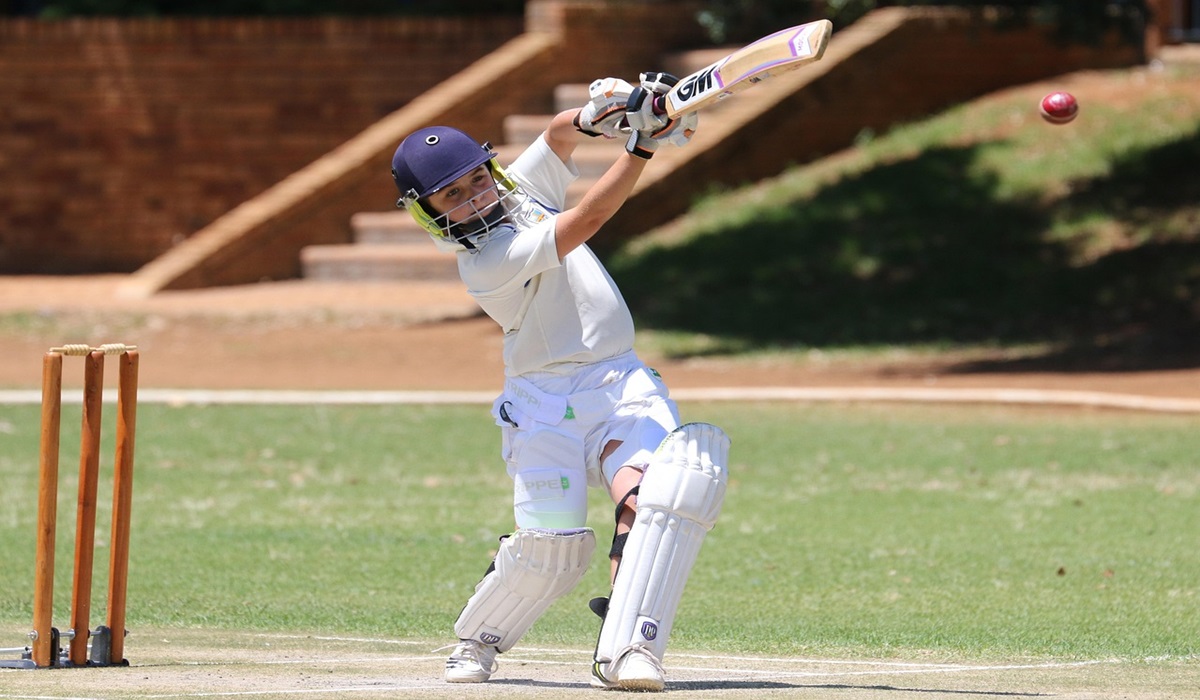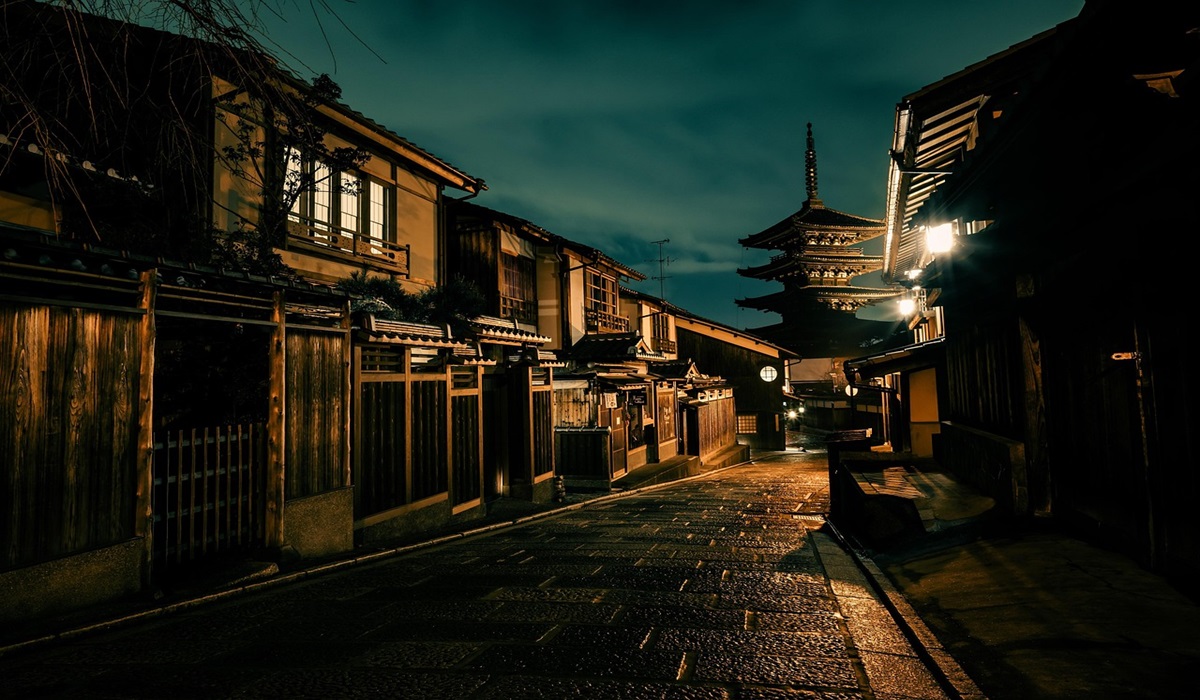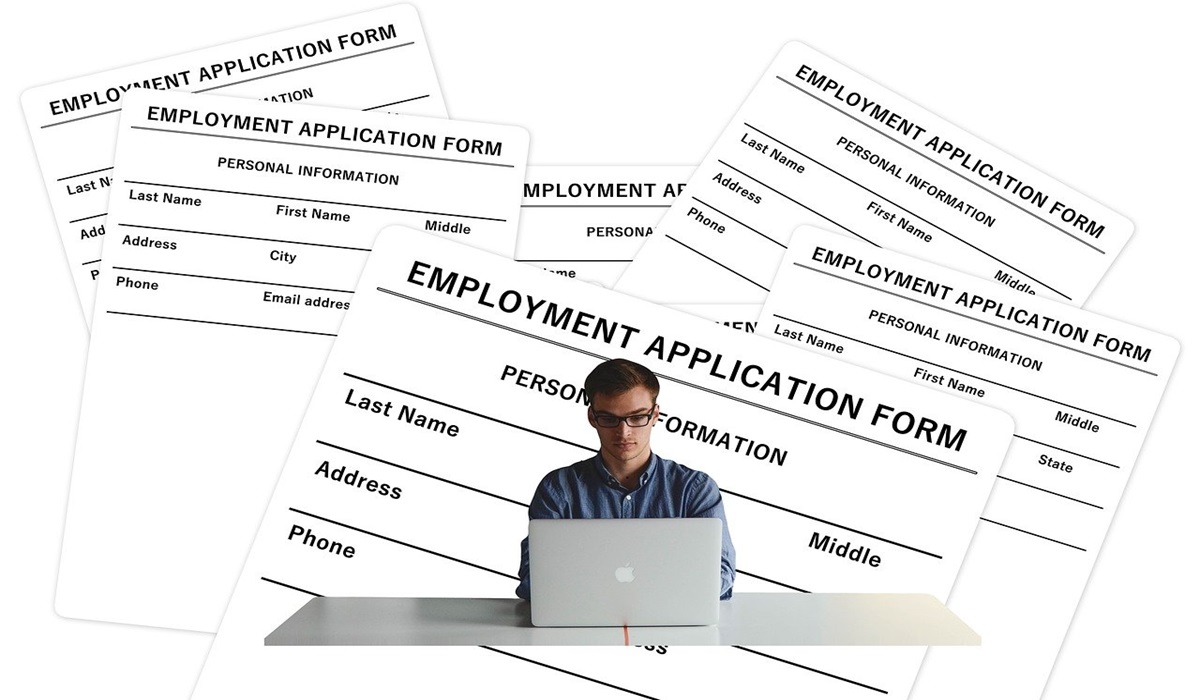Why More Artists Are Staying Independent—And Why They Should
- Naomi Dela Cruz
- Entertainment
- Trending News
- June 7, 2025

It’s not a mystery anymore. In 2025, with all the tools, platforms, and direct-to-fan models available, the question isn’t why artists are staying independent—it’s why on earth anyone still signs to a record label. The truth is, traditional record deals have always been predatory, exploitative, and one-sided. That’s not an opinion. That’s the historical record.
From 70/30 splits to 360 deals, and from egregious recoupment clauses to labyrinthine label structures, the music industry’s legacy players have made an art form of milking talent dry before they ever let the artist taste the cream. Today, artists finally have enough information, case studies, and technology to call the game for what it is—and walk away.
Let’s break it down. A 70/30 deal typically means the label takes 70% of the revenue and the artist gets 30%. An 80/20? Even worse for the artist. And that’s not 30% or 20% of profits—that’s revenue after recoupment. That means the artist pays back every dollar the label spends: recording, marketing, video shoots, tour support, wardrobe, radio promotion, travel, dinners, hotel rooms, even the label’s own staff that worked on the album. And this is before the artist sees a dime.
In most cases, the label is taking the lion’s share without assuming any real long-term risk. Once they recoup their “investment,” the artist still gets crumbs, and depending on their contract, may still be locked into multi-album commitments. If you’re not recouped? You might owe the label forever, never seeing another dollar—even if your record goes platinum.
Then came the 360 deal. The industry’s answer to declining CD sales in the 2000s, 360 deals meant the label got a cut of everything: music sales, yes, but also touring, merch, publishing, branding, and even endorsement deals. Essentially, if you breathed and made money, the label got paid. The logic was: “We’re building your brand, so we deserve a piece of the whole pie.” But in practice, it meant artists gave up a chunk of every revenue stream in exchange for… what? Maybe a short-lived PR push or a shelved album.
If anyone still thinks artists are exaggerating, the case of TLC is your wake-up call. TLC was one of the most successful girl groups of all time, selling tens of millions of albums in the 1990s. And yet, at the peak of their fame, they were broke. In 1995, they famously filed for bankruptcy. How could this happen? The short answer: a brutal combination of a management company cut, a label cut, recoupable expenses, and a horrific royalty rate that left them earning less than 10 cents per album sold—split three ways. So yeah, no money left for Chilli, T-Boz, or Left Eye.
And they weren’t alone. Artists like Toni Braxton, Kelis, JoJo, Lupe Fiasco, and even Prince (who famously wrote “slave” on his face) have battled label control and contractual oppression. Artists are often signed to a label that is signed to another label, which is under a larger umbrella—Sony, Universal, or Warner. Each layer takes a cut. By the time the money reaches the artist, if it ever does, there’s barely anything left.
It’s not uncommon for artists to spend years recording albums that are never released—because the label doesn’t see the profit margin it wants. Meanwhile, the artist can’t leave, can’t put out new work independently, and can’t generate income. They’re in limbo. Their own creativity is legally handcuffed.
The easiest way to think of a record label is as a bank that gives terrible loans. They front you money (called an “advance”), which is not a gift—it’s a loan. Every dollar has to be paid back. And unlike normal loans, you don’t get to use your money how you want. You have almost no control. The label picks your producer, decides which songs make the album, controls the rollout, and often even your public image. Worse yet, you have to use their in-house services and are billed at inflated rates. It’s the musical equivalent of taking out a mortgage and then being told you can only furnish your house by renting furniture from the bank—at 10x the price.
Thanks to the rise of platforms like DistroKid, UnitedMasters, TuneCore, and Bandcamp, independent artists can now distribute their music worldwide for a small annual fee or a modest percentage. With social media, they can build fanbases directly—on TikTok, Instagram, YouTube, and X—without relying on expensive radio campaigns or label gatekeepers.
Data doesn’t lie: some of the most streamed songs each year are by indie artists with no label affiliation. And these artists keep up to 90-100% of their earnings. Why take a 10-30% cut of your own music when you can own everything?
Add in sync licensing, merch drops, crowdfunding, and fan subscriptions, and artists can generate real income on their own terms. Without signing away their masters. Without needing a label to validate them. The indie path may not have the same glitzy debut, but it builds a foundation that belongs to the artist.
Make no mistake: the labels are watching, and they’re worried. That’s why we see more shady deals with viral TikTok stars. That’s why there’s a bigger push for 360 deals and controlling brand partnerships. That’s why they try to lock in artists young, sometimes before they even know the value of what they’re signing. And that’s why more artists are being courted with quick cash and flashy promises that don’t hold up under scrutiny.
But artists today are smarter. They’re reading contracts. They’re hiring lawyers. They’re comparing notes. They’re learning from the artists who came before them—many of whom have shared their label horror stories publicly. The mask is off, and the exploitative game is no longer hidden behind closed doors.
At the end of the day, staying independent isn’t just a trend—it’s a response to decades of abuse. It’s artists refusing to be commodified, refusing to be underpaid for overdelivering, and refusing to be silenced. Sure, not everyone wants to do the business side of things. Not every artist wants to handle marketing, logistics, and admin. But in the age of transparency, owning your art is more valuable than any co-sign or advance check.
The record label model isn’t just outdated. It’s predatory. And in 2025, signing away your rights, your voice, and your future for a chance at fame isn’t just a bad deal—it’s a betrayal of everything artists have fought to reclaim.
If you’re an artist: stay sharp. Stay indie. Stay free.








